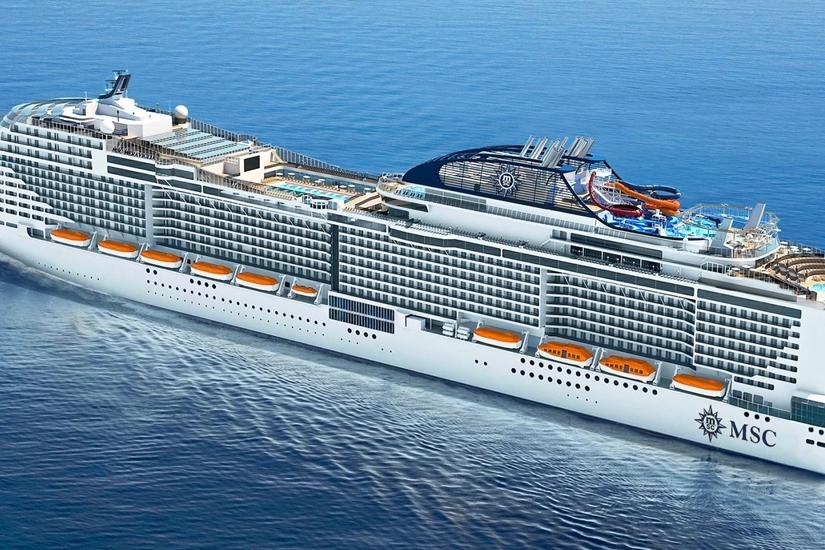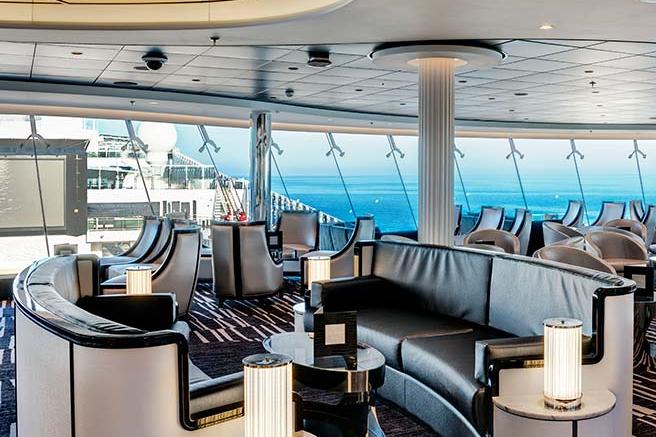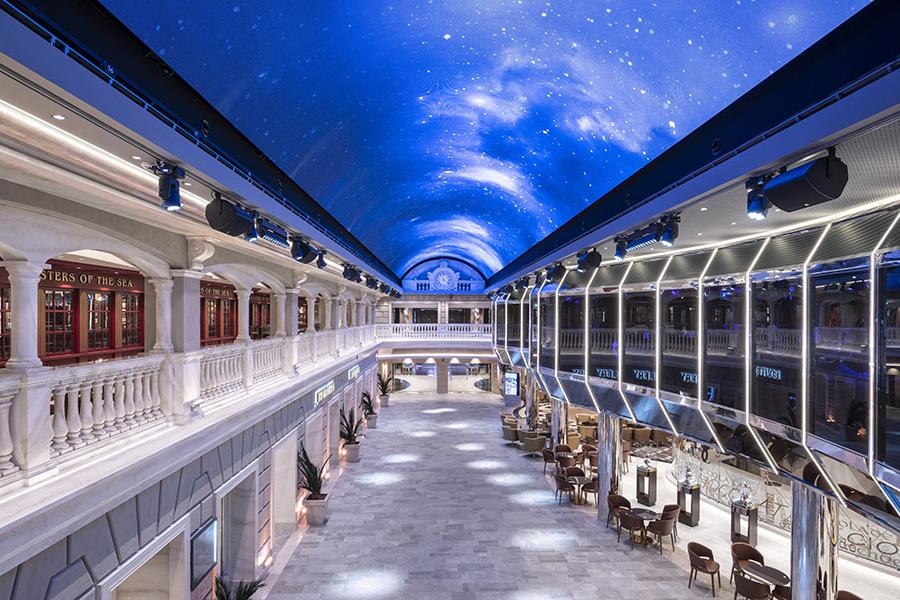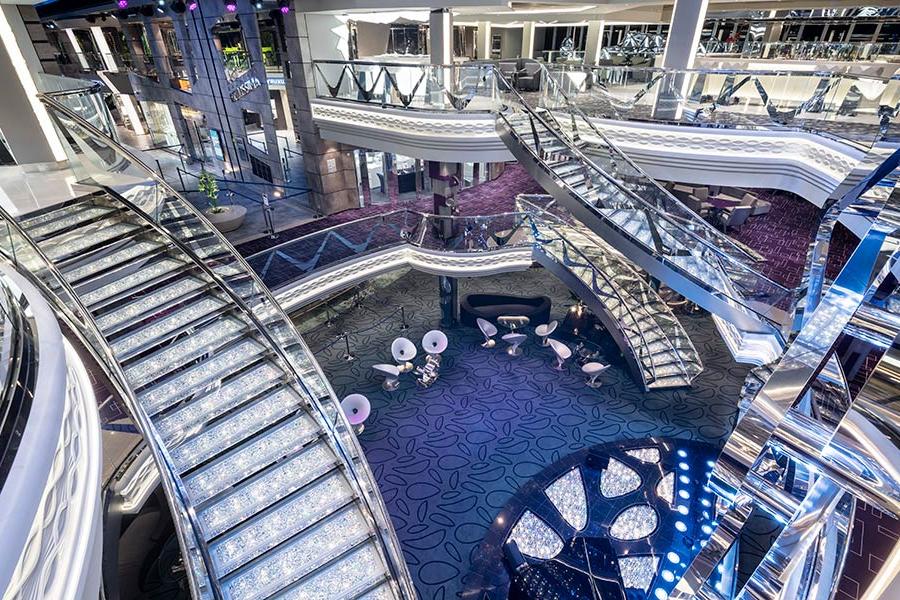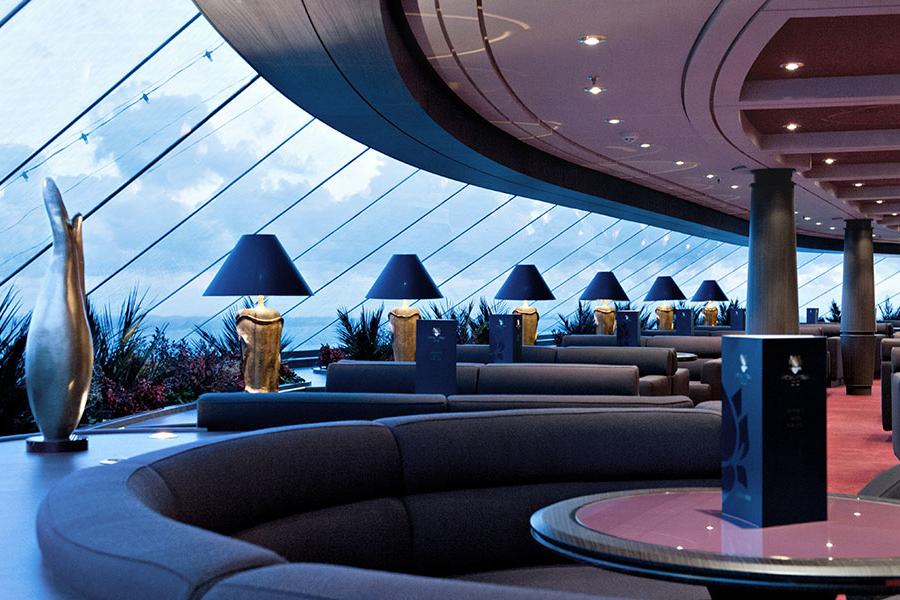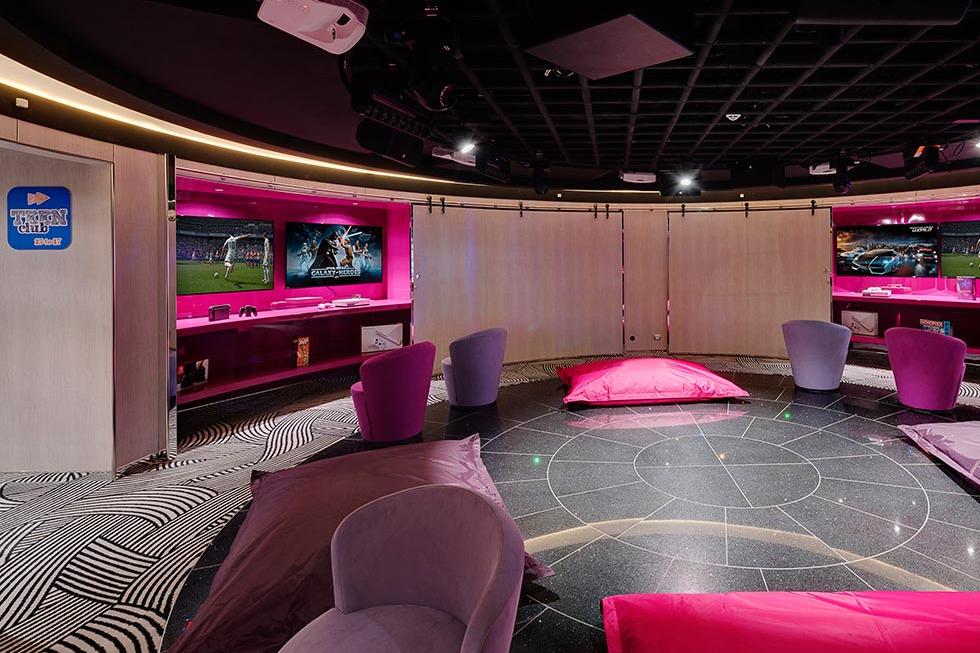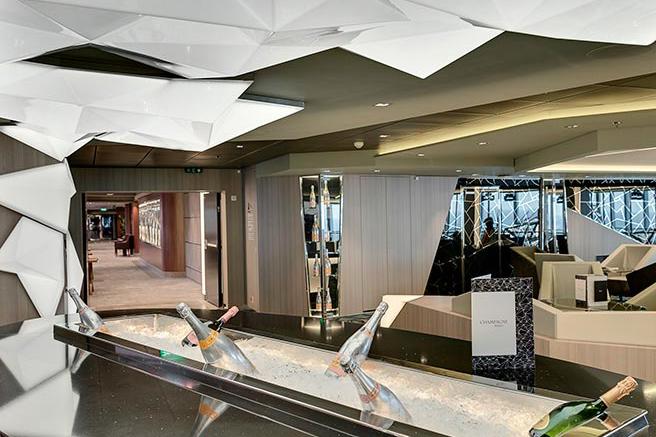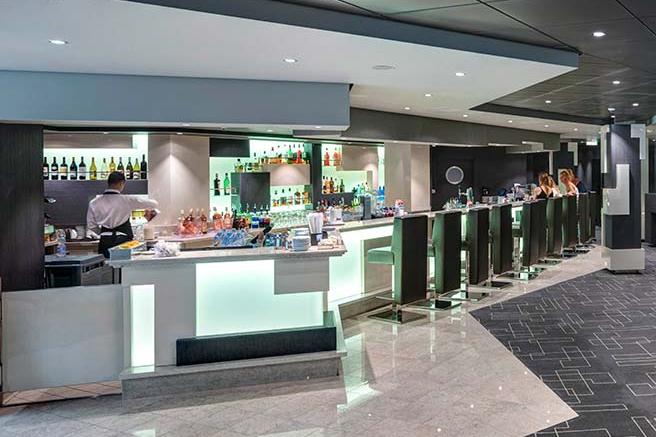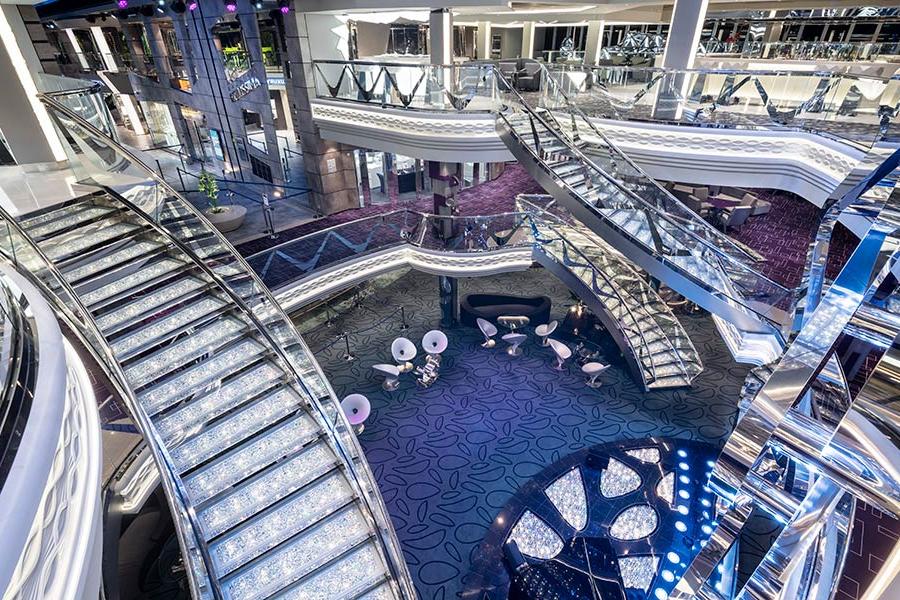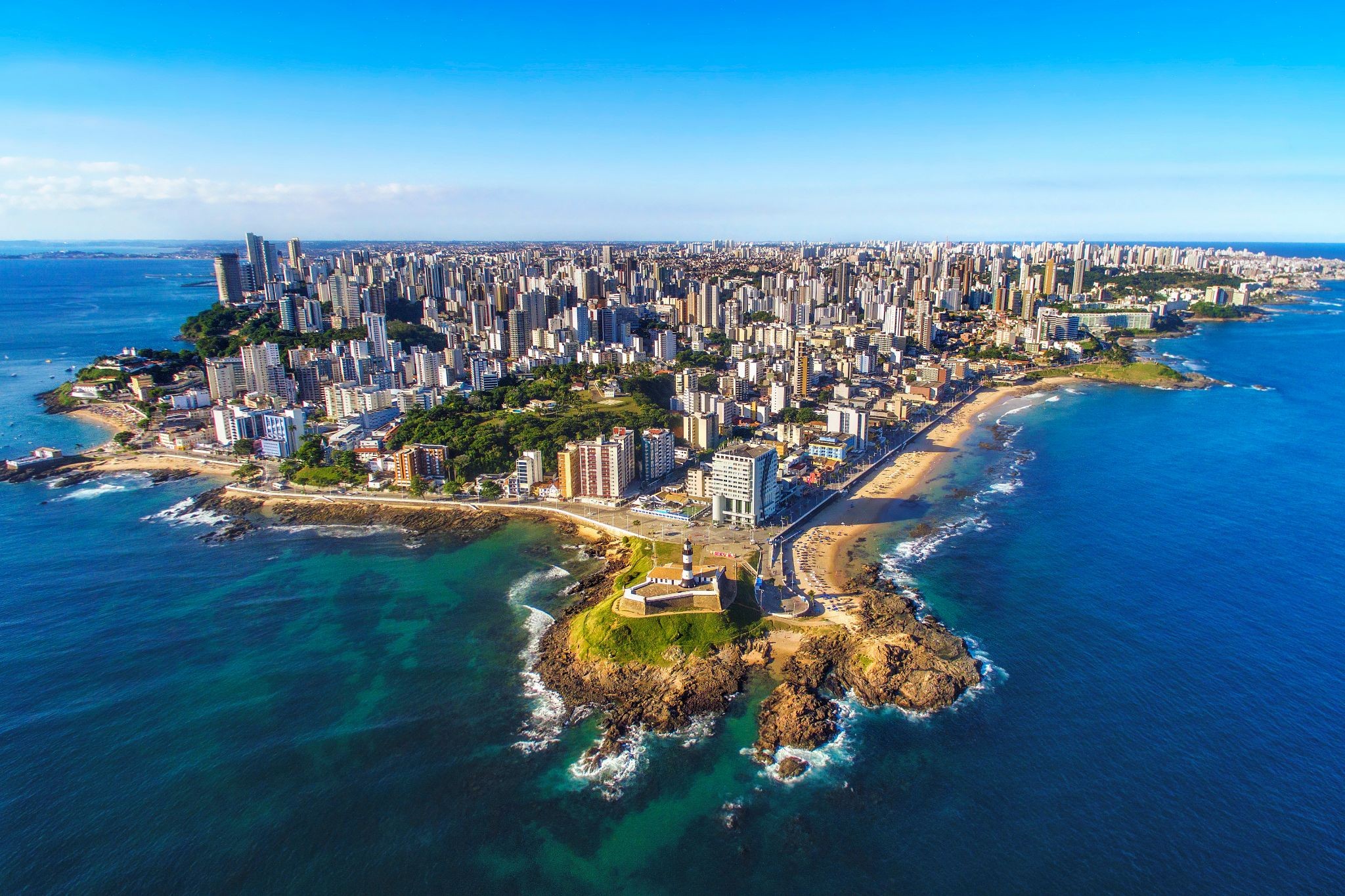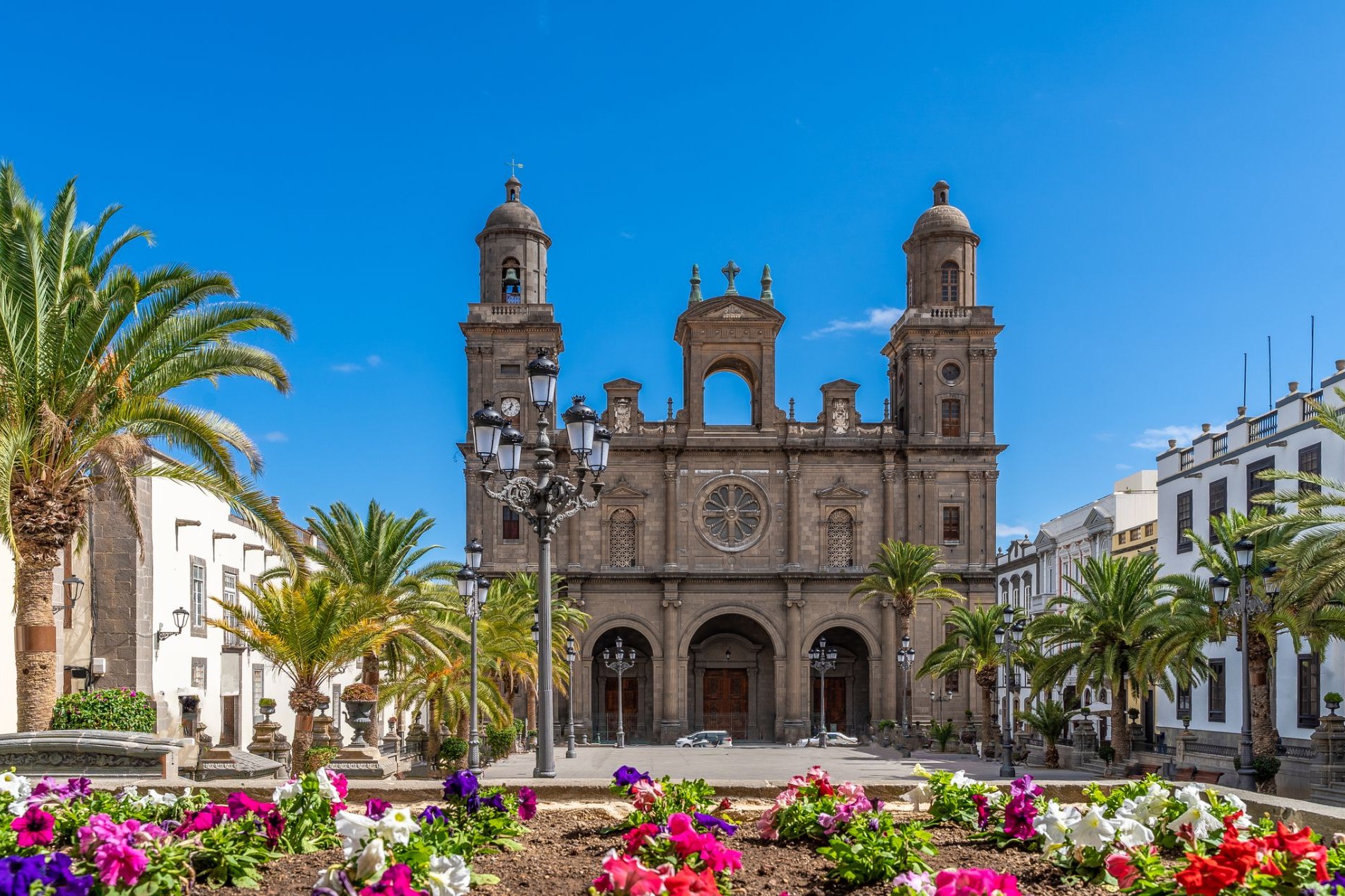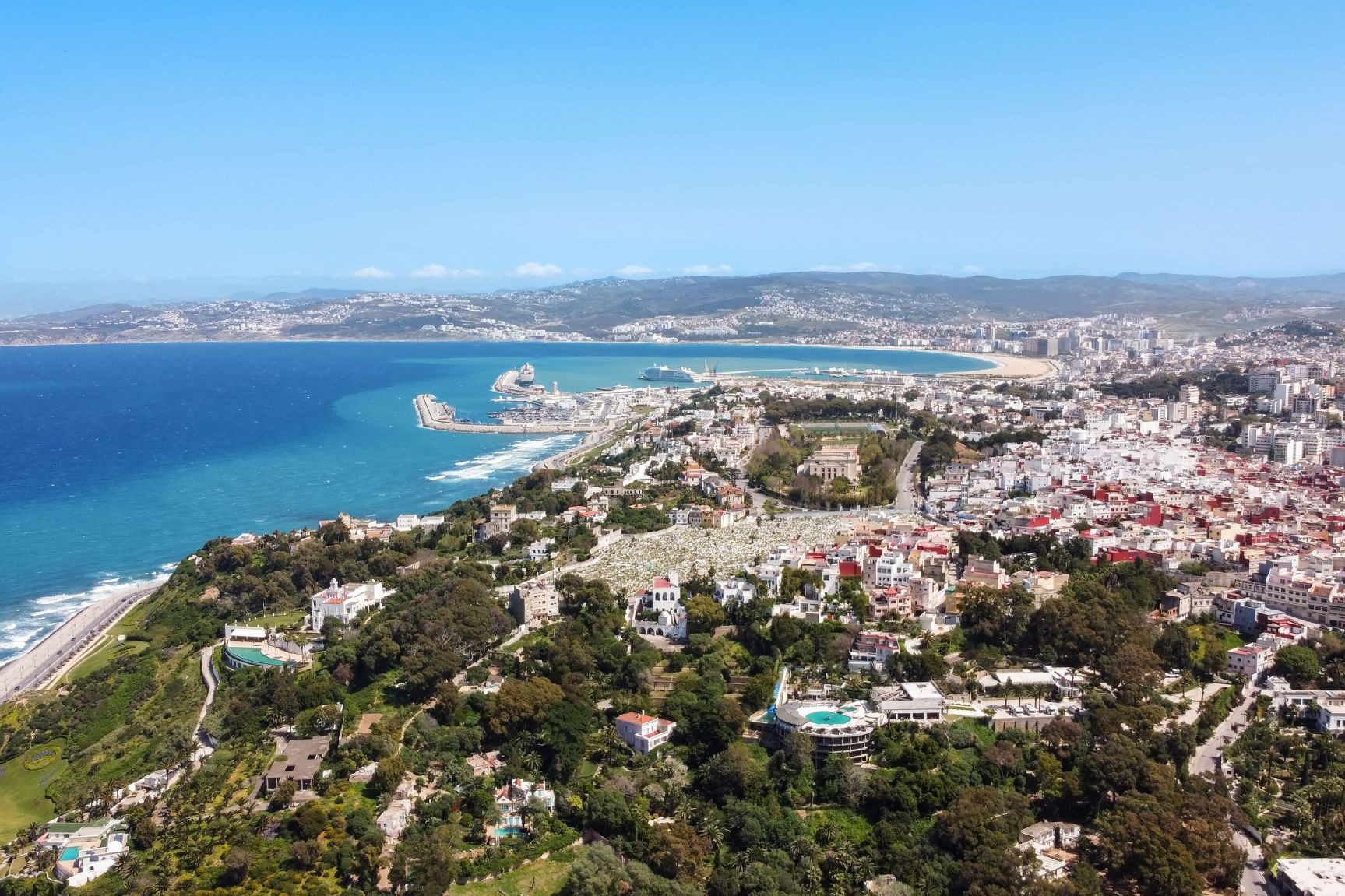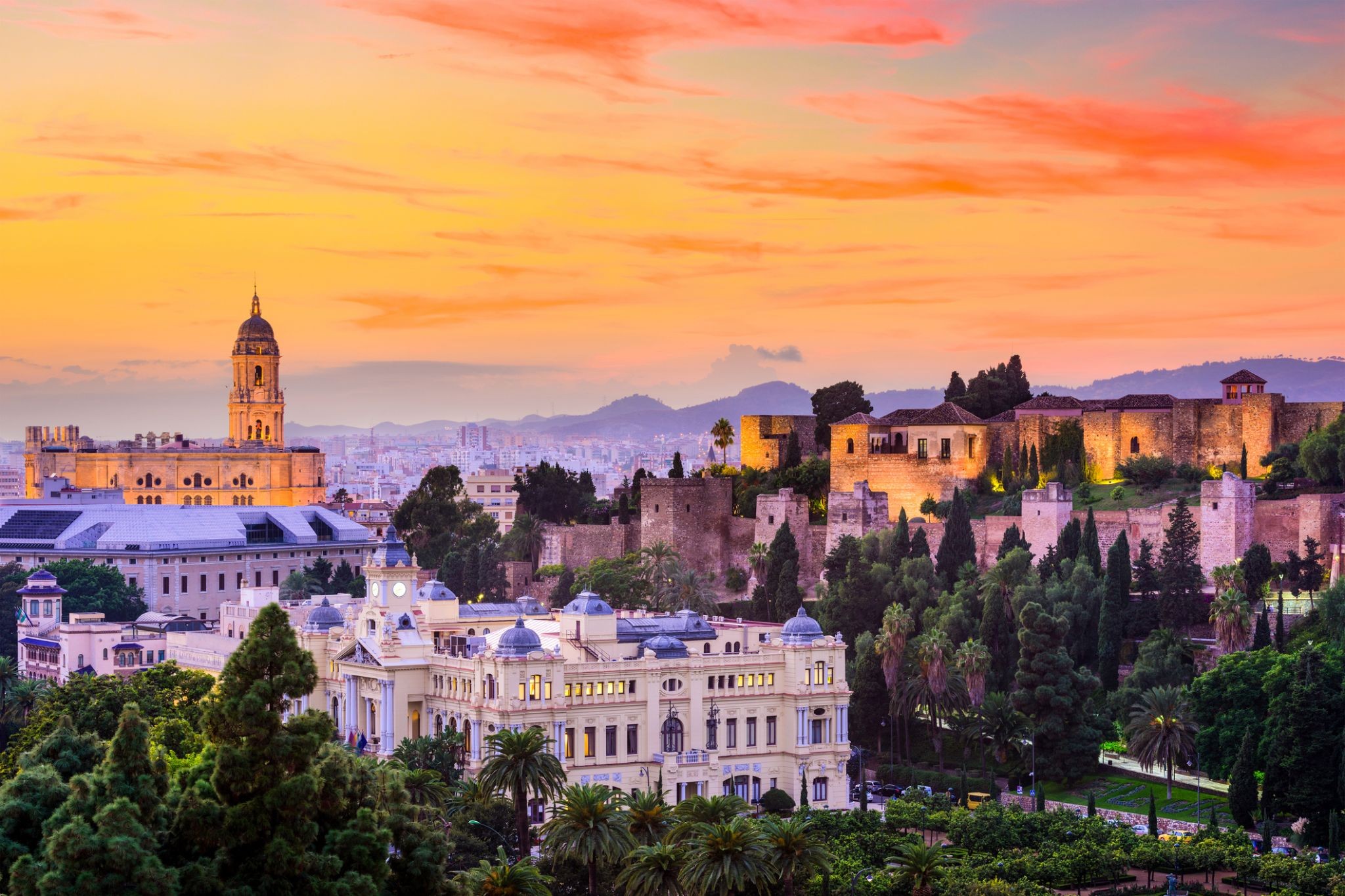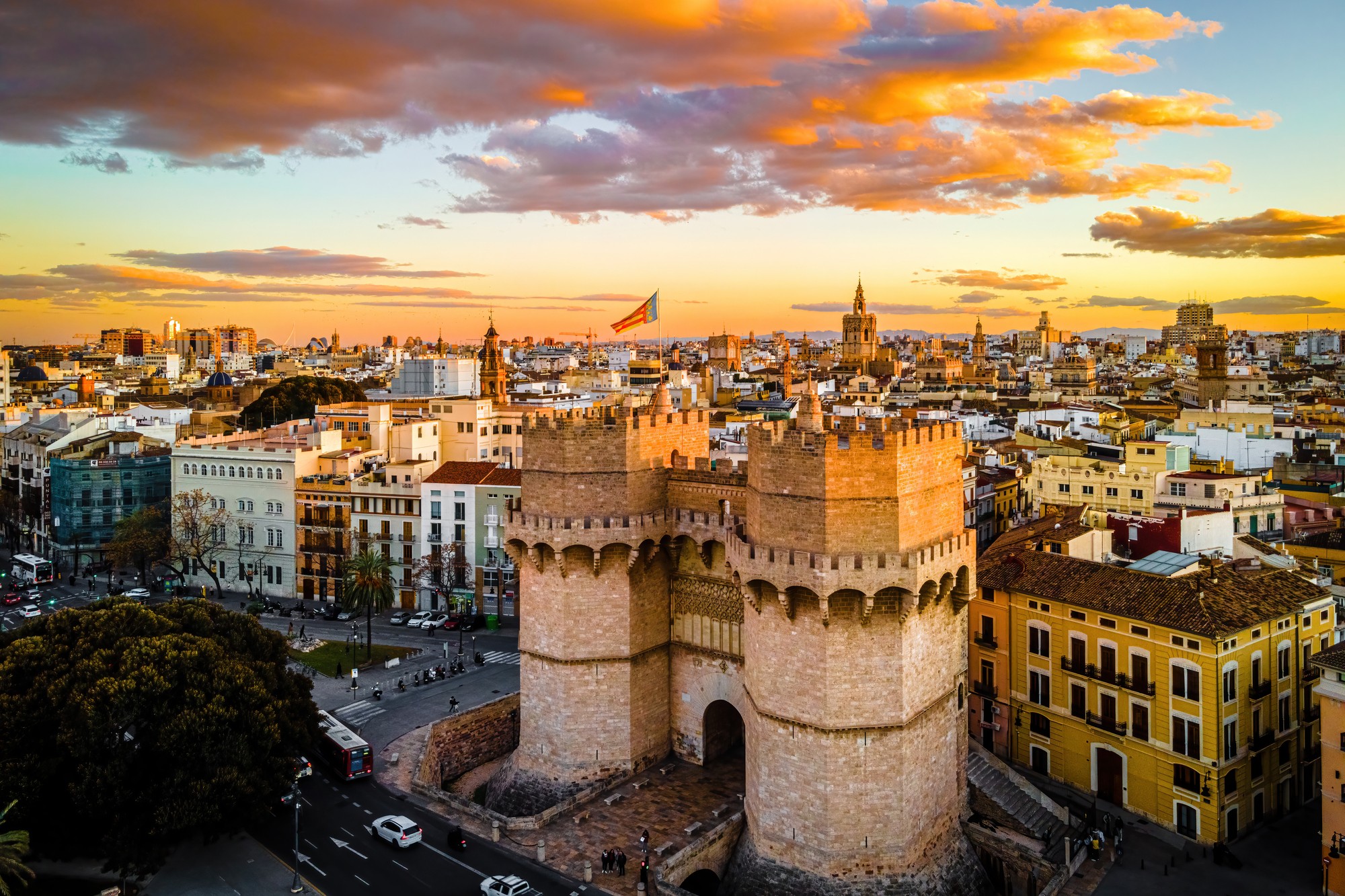Rejs 30 876 389
Niestety ten rejs jest chwilowo niedostępny.
19 nocy Santos, Rio de Janeiro, Buzios, Salvador, Maceio, Las Palmas de G.Canaria, Arrecife de Lanzarote, Ta
| Firma : MSC Cruises |
| Statek : MSC Grandiosa |
| Data rozpoczęcia : sob. 05 kwi 2025 |
| Data zakończenia : czw. 24 kwi 2025 |
| Liczba nocy : 19 nocy |
Harmonogram
| Dzień | Data | Port | Wypłynięcie | Odpłynięcie |
|---|---|---|---|---|
| 1 | 5.04 sob. | Santos / Brazylia | 18:00 | |
| 2 | 6.04 niedz. | Rio de Janeiro / Brazylia | 09:00 | 19:00 |
| 3 | 7.04 pon. | Armacao dos Buzios / Brazylia | 07:00 | 18:00 |
| 4 | 8.04 wt. | Dzień na morzu / Morze | ||
| 5 | 9.04 śr. | Salwador / Brazylia | 09:00 | 19:00 |
| 6 | 10.04 czw. | Dzień na morzu / Morze | ||
| 7 | 11.04 pt. | Maceió / Brazylia | 07:00 | 17:00 |
| 8 | 12.04 sob. | Dzień na morzu / Morze | ||
| 9 | 13.04 niedz. | Dzień na morzu / Morze | ||
| 10 | 14.04 pon. | Dzień na morzu / Morze | ||
| 11 | 15.04 wt. | Dzień na morzu / Morze | ||
| 12 | 16.04 śr. | Dzień na morzu / Morze | ||
| 13 | 17.04 czw. | Dzień na morzu / Morze | ||
| 14 | 18.04 pt. | Las Palmas (Gran Canaria) / Hiszpania | 08:00 | 18:00 |
| 15 | 19.04 sob. | Arresife / Hiszpania | 08:00 | 18:00 |
| 16 | 20.04 niedz. | Dzień na morzu / Morze | ||
| 17 | 21.04 pon. | Tangier / Morocco | 07:00 | 19:00 |
| 18 | 22.04 wt. | Malaga / Hiszpania | 07:00 | 19:00 |
| 19 | 23.04 śr. | Dzień na morzu / Morze | ||
| 20 | 24.04 czw. | Walencja / Hiszpania | 07:00 |
- zakwaterowanie w kabinie wybranej kategorii;
- wyżywienie - 3 główne posiłki, przekąski między posiłkami;
- napoje serwowane do śniadania i w bufetach samoobsługowych;
- napiwki dla obsługi (kwota zależy od długości rejsu);
- serwis bagażowy podczas wejścia i zejścia ze statku;
- serwis kabinowy;
- korzystanie ze wszystkich urządzeń sportowo - rekreacyjnych znajdujących się na pokładzie statku (basen, jacuzzi, sala fitness, itp.);
- udział we wszystkich imprezach organizowanych na statku (przedstawienia w teatrze, koncerty, programy animacyjne itp.);
- opłaty portowe.
Koszty dodatkowe:
- ubezpieczenie (ubezpieczenie medyczne, ubezpieczenie od odwołania podróży)
- bilet lotniczy, transport kolejowy (koszty transportu do portu wyjścia i z portu przybycia statku)
- transfery (z lotniska/dworca kolejowego do portu morskiego i z powrotem)
- wycieczki
- rezerwacje hotelowe przed i po rejsie, jeśli chcesz przedłużyć swoje wakacje na lądzie.
Dodatkowo płatne na statku:
- odwiedzanie alternatywnych barów i restauracji
- usługi ośrodków SPA, fryzjerów, salonów kosmetycznych
- Usługi medyczne
- pranie, prasowanie
- kasyno
- automaty do gry itp. w zależności od konkretnego modelu.
Za każdy zakup towarów w barach, restauracjach, sklepach i punktach usługowych, takich jak SPA, fryzjer itp. pobierana jest dodatkowa opłata za obsługę, której średnia wysokość wynosi 15% ceny zakupu.
Warunki kary:
- Ponad 60 dni przed wyjazdem: 50 euro za osobę
- od 59 do 30 dni: 30%
- od 29 do 22 dni: 50%
- od 21 do 15 dni: 70%
- 14 dni lub mniej przed wyjazdem: 100%
-
 Dzień 1: 18:00
Dzień 1: 18:00Santos / Brazylia
-
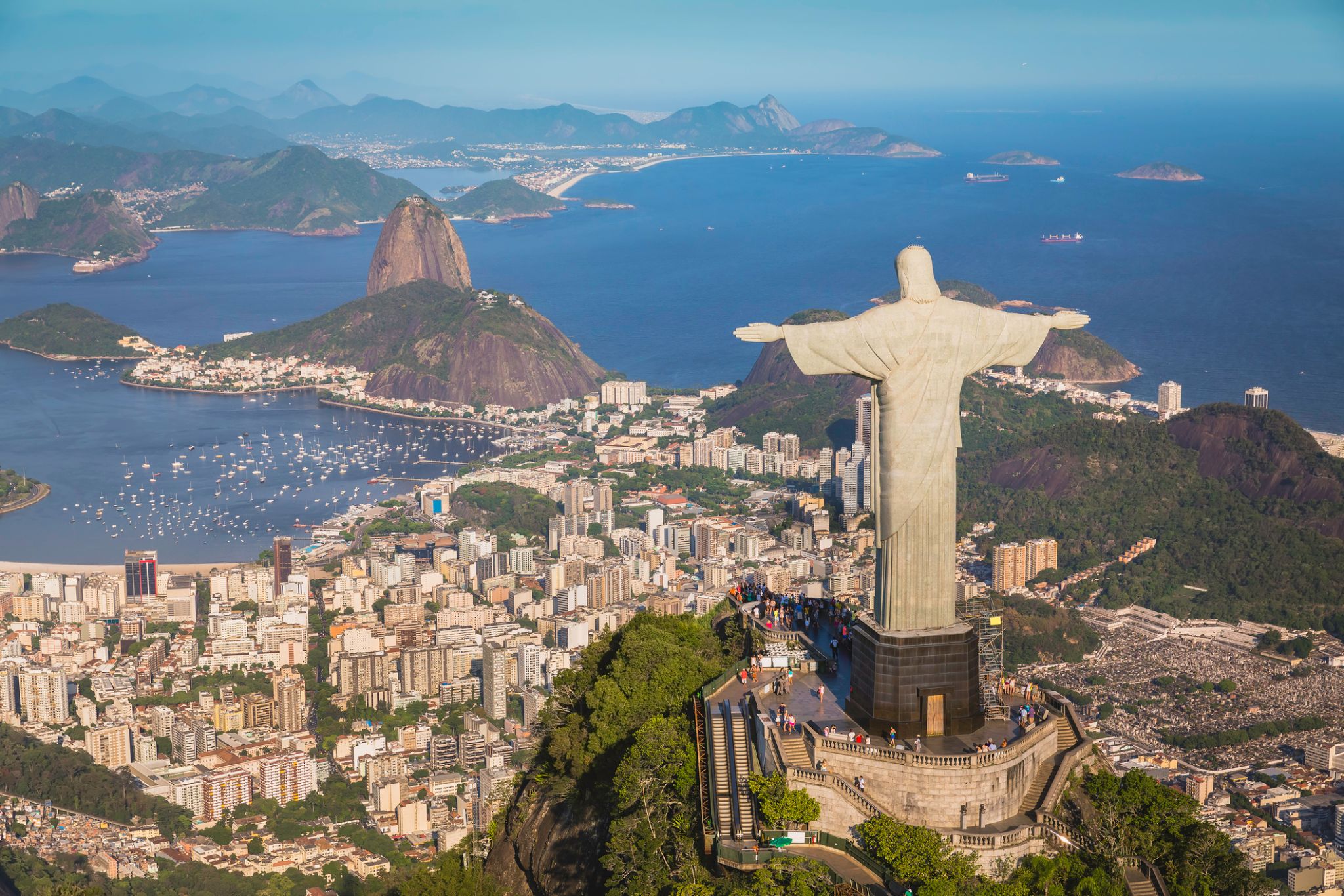 Dzień 2: 09:00-19:00
Dzień 2: 09:00-19:00Rio de Janeiro / Brazylia
Rio de Janeiro is the second-most populous municipality in Brazil and the sixth-most populous in the Americas. The metropolis is anchor to the Rio de Janeiro metropolitan area, the second-most populous metropolitan area in Brazil and sixth-most populous in the Americas. Rio de Janeiro is the capital of the state of Rio de Janeiro, Brazil's third-most populous state. Part of the city has been designated as a World Heritage Site, named "Rio de Janeiro: CariocaLandscapes between the Mountain and the Sea", by UNESCO on 1 July 2012 as a Cultural Landscape.
Founded in 1565 by the Portuguese, the city was initially the seat of the Captaincy of Rio de Janeiro, a domain of the Portuguese Empire. Later, in 1763, it became the capital of the State of Brazil, a state of the Portuguese Empire. In 1808, when the Portuguese Royal Court transferred itself from Portugal to Brazil, Rio de Janeiro became the chosen seat of the court of Queen Maria I of Portugal, who subsequently, in 1815, under the leadership of her son, the Prince Regent, and future King João VI of Portugal, raised Brazil to the dignity of a kingdom, within the United Kingdom of Portugal, Brazil, and Algarves. Rio stayed the capital of the pluricontinental Lusitanian monarchy until 1822, when the War of Brazilian Independence began. This is one of the few instances in history that the capital of a colonising country officially shifted to a city in one of its colonies. Rio de Janeiro subsequently served as the capital of the independent monarchy, the Empire of Brazil, until 1889, and then the capital of a republican Brazil until 1960 when the capital was transferred to Brasília.
-
 Dzień 3: 07:00-18:00
Dzień 3: 07:00-18:00Armacao dos Buzios / Brazylia
Armação dos Búzios, często nazywane po prostu Búzios, to nadmorskie miasteczko i gmina w stanie Rio de Janeiro w Brazylii. W 2012 roku liczyło 23 463 mieszkańców i zajmowało powierzchnię 69 km². Dziś Búzios jest popularnym miejscem wypoczynku, szczególnie wśród Brazylijczyków i Argentyńczyków.
Na początku XX wieku Búzios było niemal nieznaną wioską rybacką. Pozostało takie aż do 1964 roku, kiedy to francuska aktorka Brigitte Bardot odwiedziła Búzios. Od tego czasu miejsce to stało się popularne wśród wyższych sfer Rio de Janeiro, pragnących uciec od miejskiego zgiełku i cieszyć się ponad 23 plażami, które oferuje półwysep. Miasto rozwinęło się w międzynarodowy cel turystyczny.
Dziś półwysep oferuje spokój, bezpośredni kontakt z naturą i malownicze widoki. Plaże po zachodniej stronie oferują spokojne, przejrzyste wody, podczas gdy te po wschodniej stronie, zwrócone ku otwartemu morzu, są bardziej dzikie i przyciągają surferów oraz entuzjastów sportów wodnych. Azeda, Ferradura, João Fernandes i Armação to jedne z najpopularniejszych plaż w mieście. Wieczorem główna ulica Búzios, Rua das Pedras, oferuje aktywne życie nocne oraz szeroki wybór sklepów i restauracji.
-
 Dzień 4:
Dzień 4:Dzień na morzu / Morze
-
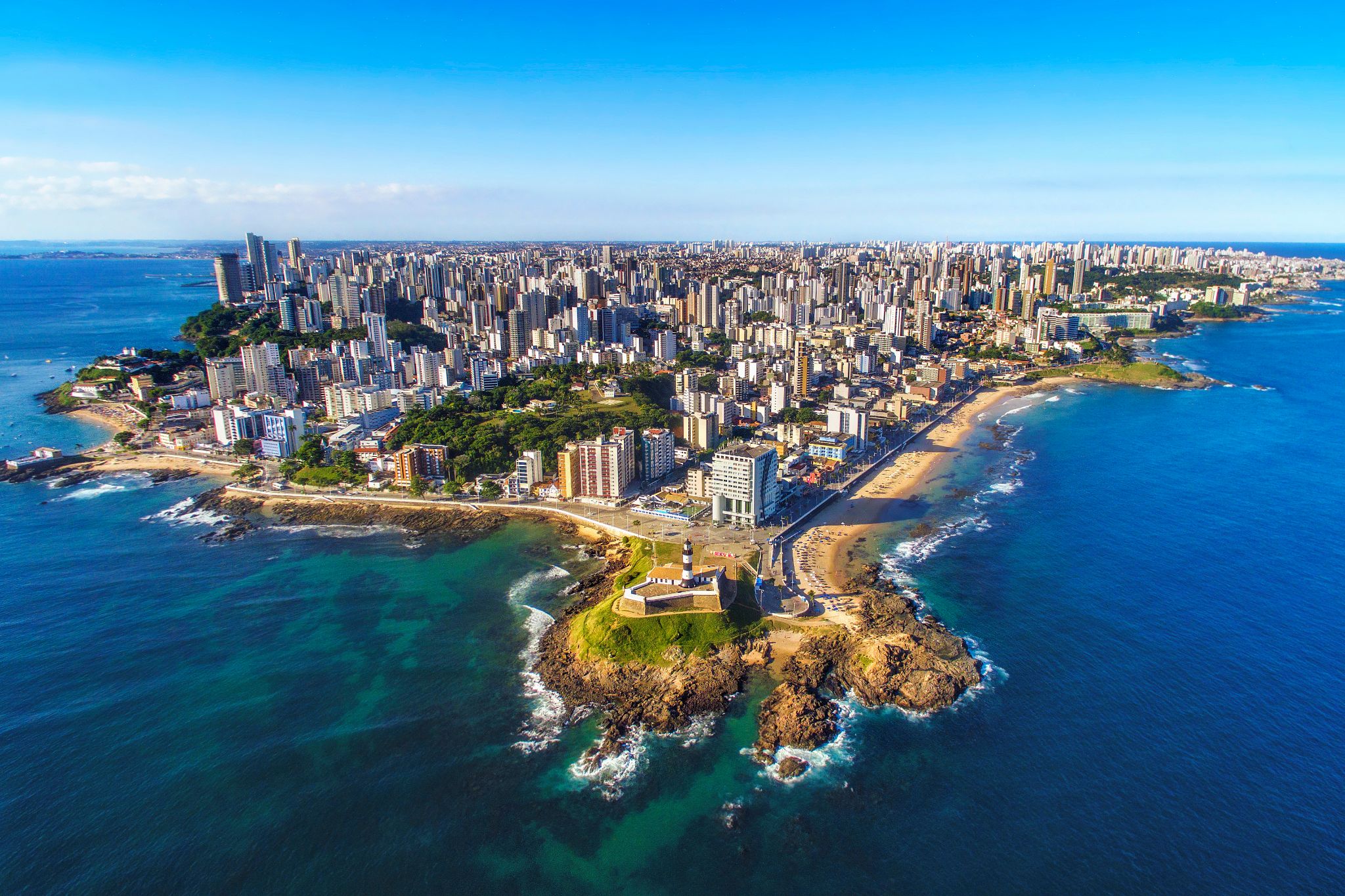 Dzień 5: 09:00-19:00
Dzień 5: 09:00-19:00Salwador / Brazylia
Salvador is the capital of Bahia state and was formerly the first capital of Brazil. Salvador is known for its endless number of churches, as well as for being a land of majestic fortresses. After visiting these places, it is also worth taking a look at the Chapada Diamantina National Park – the most interesting natural park in Brazil. In Salvador, there reigns an atmosphere of joy, revelry, and holidays – this is due to the fact that the local population was influenced by Africa. In Salvador, you can always admire the natural beauty of this area. You will be enchanted by the sensuality of this land, and you will be able to discover a piece of its mysterious power.
-
 Dzień 6:
Dzień 6:Dzień na morzu / Morze
-
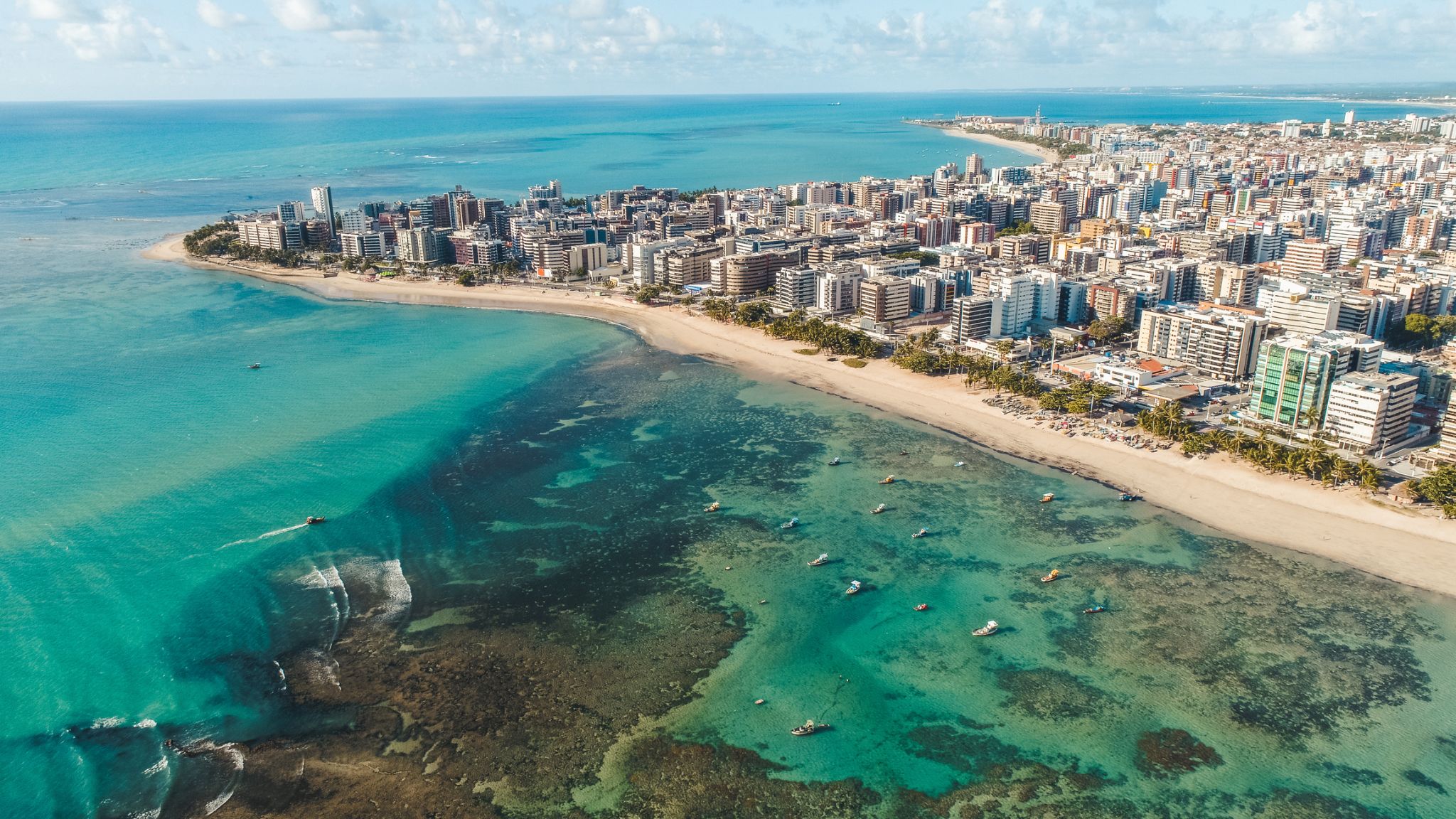 Dzień 7: 07:00-17:00
Dzień 7: 07:00-17:00Maceió / Brazylia
Położone na malowniczym północno-wschodnim wybrzeżu Brazylii, Maceió zachwyca odwiedzających swoimi białymi, piaszczystymi plażami i krystalicznie czystą wodą. Miasto znane jest z relaksującej atmosfery oraz różnorodności atrakcji morskich, takich jak pływanie, nurkowanie i rejsy łodzią wzdłuż malowniczego wybrzeża. Historyczne centrum Maceió oferuje unikalne połączenie kolonialnej architektury i współczesnej sztuki, co sprawia, że spacery po mieście to prawdziwa podróż w czasie. Lokalne targi obfitują w świeże owoce morza i rękodzieło, a tradycyjna kuchnia zachwyca smakoszy bogatymi smakami i intensywnymi aromatami. -
 Dzień 8:
Dzień 8:Dzień na morzu / Morze
-
 Dzień 9:
Dzień 9:Dzień na morzu / Morze
-
 Dzień 10:
Dzień 10:Dzień na morzu / Morze
-
 Dzień 11:
Dzień 11:Dzień na morzu / Morze
-
 Dzień 12:
Dzień 12:Dzień na morzu / Morze
-
 Dzień 13:
Dzień 13:Dzień na morzu / Morze
-
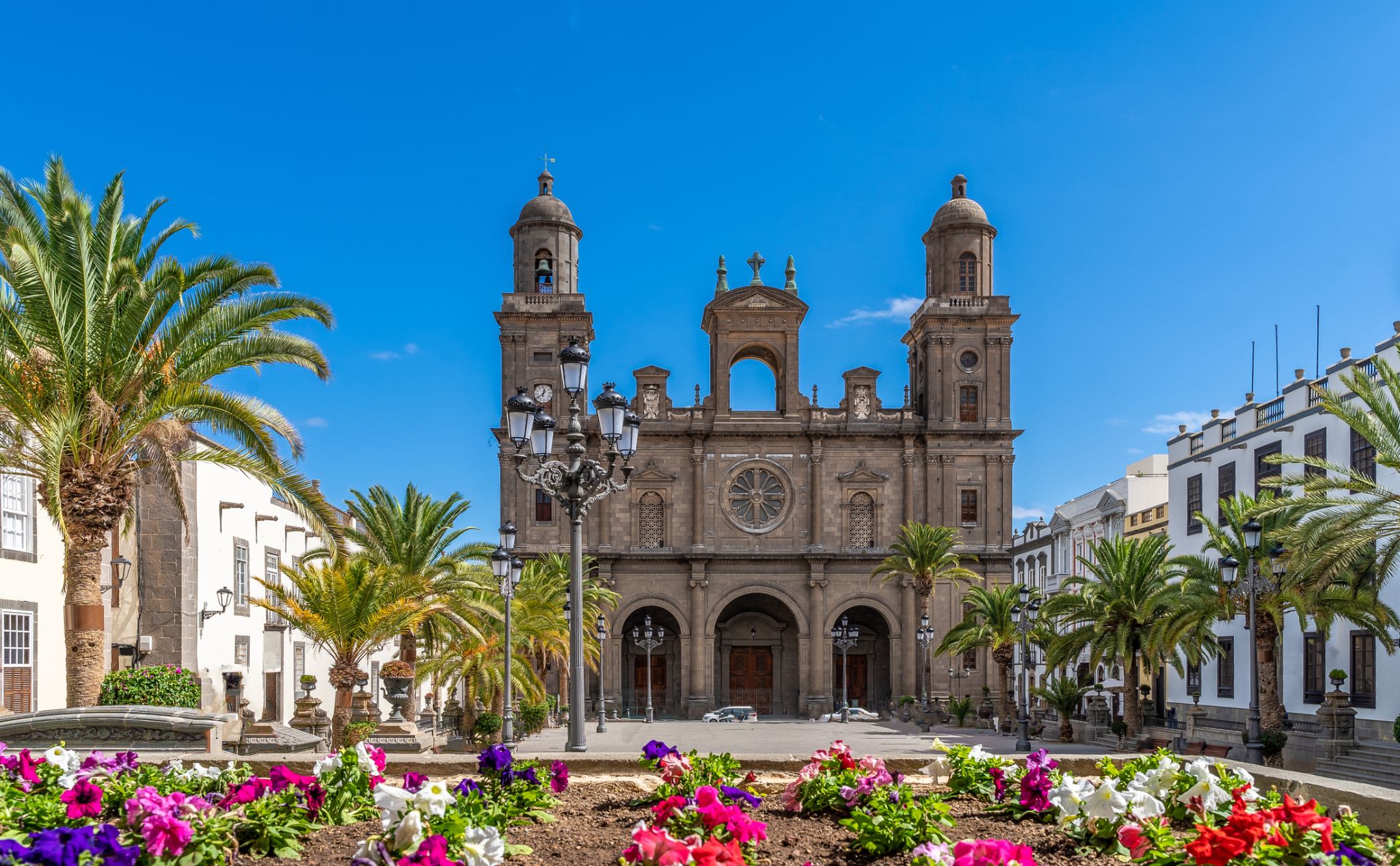 Dzień 14: 08:00-18:00
Dzień 14: 08:00-18:00Las Palmas (Gran Canaria) / Hiszpania
-
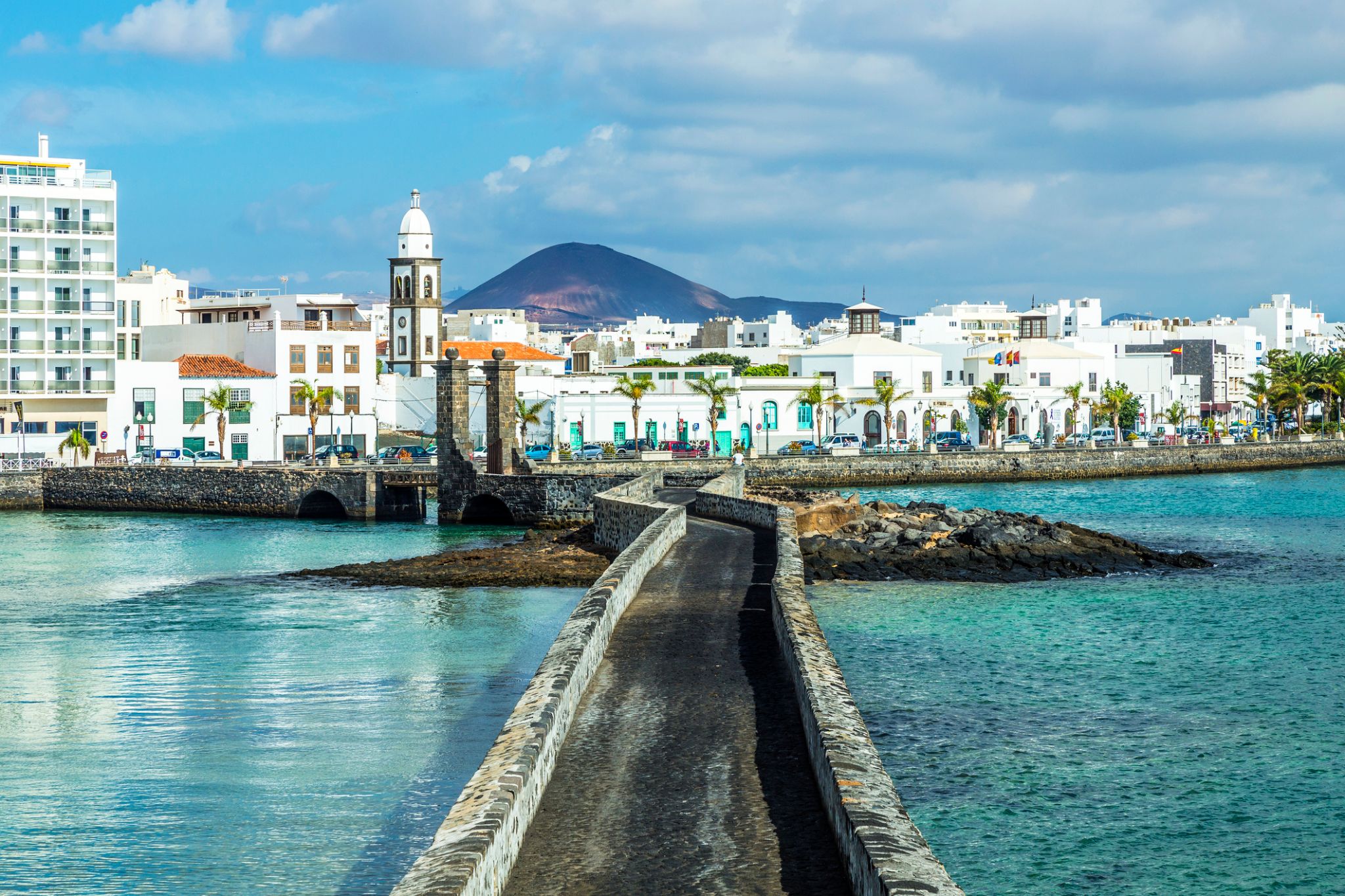 Dzień 15: 08:00-18:00
Dzień 15: 08:00-18:00Arresife / Hiszpania
-
 Dzień 16:
Dzień 16:Dzień na morzu / Morze
-
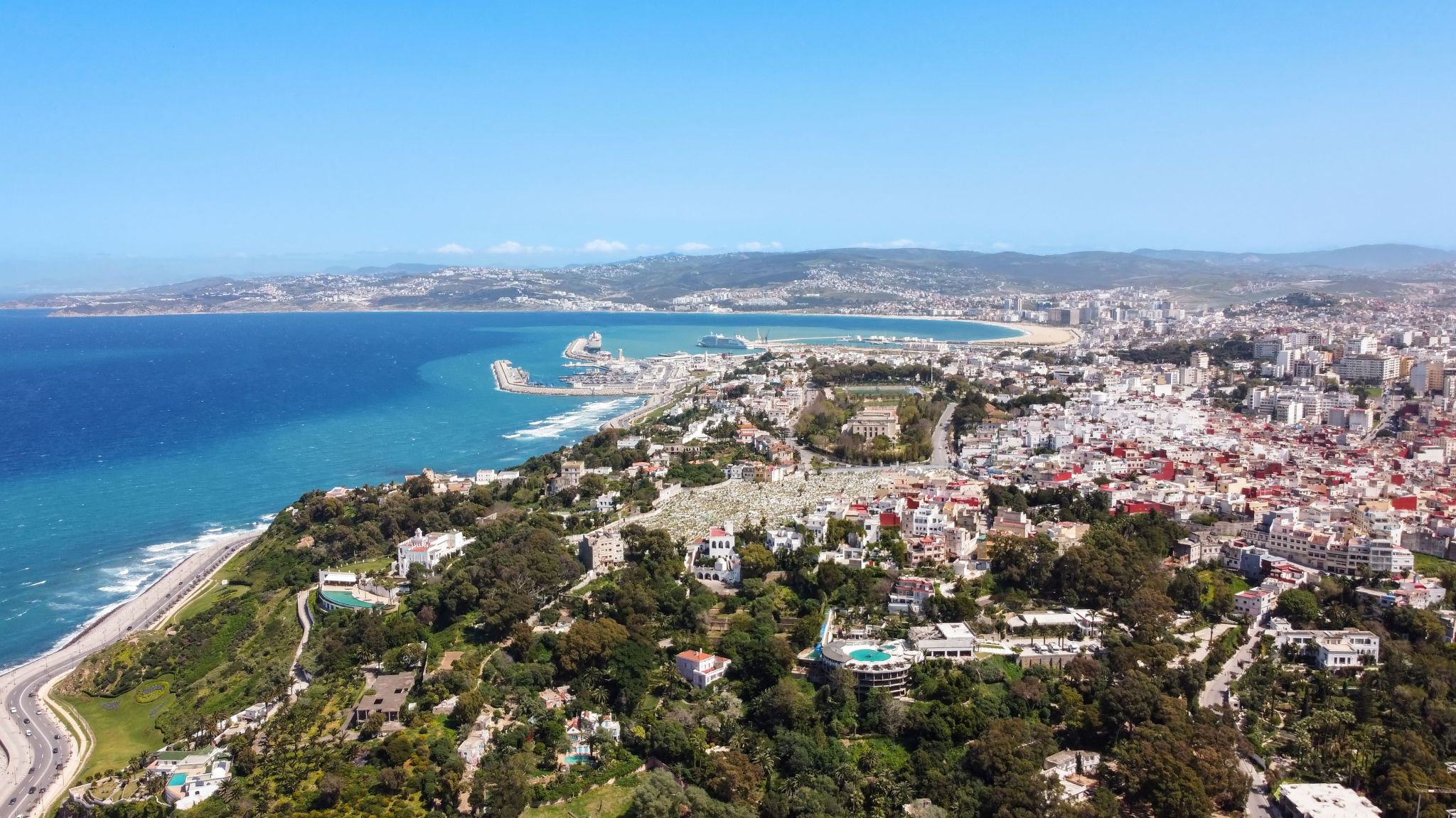 Dzień 17: 07:00-19:00
Dzień 17: 07:00-19:00Tangier / Morocco
Tanger – Krzyżowanie kultur i szlaków morskich
Tanger, położony na północy Maroka, łączy Europę i Afrykę. Miasto jest znane ze swojej mauretańskiej architektury i historii, a jego stare miasto (medina) znajduje się na liście Światowego Dziedzictwa UNESCO. Można tu cieszyć się żywymi rynkami, pięknymi plażami i zapierającymi dech w piersiach widokami, a także poczuć atmosferę, w której przeplatają się różne kultury.
Dla turystów Tanger oferuje wyjątkowe możliwości poznania marokańskiej kultury, historii i kuchni. Spacer po medinie, wizyta w Kasbie i zakupy na rynkach pozwalają poczuć ducha miasta, w którym Wschód spotyka Zachód.
-
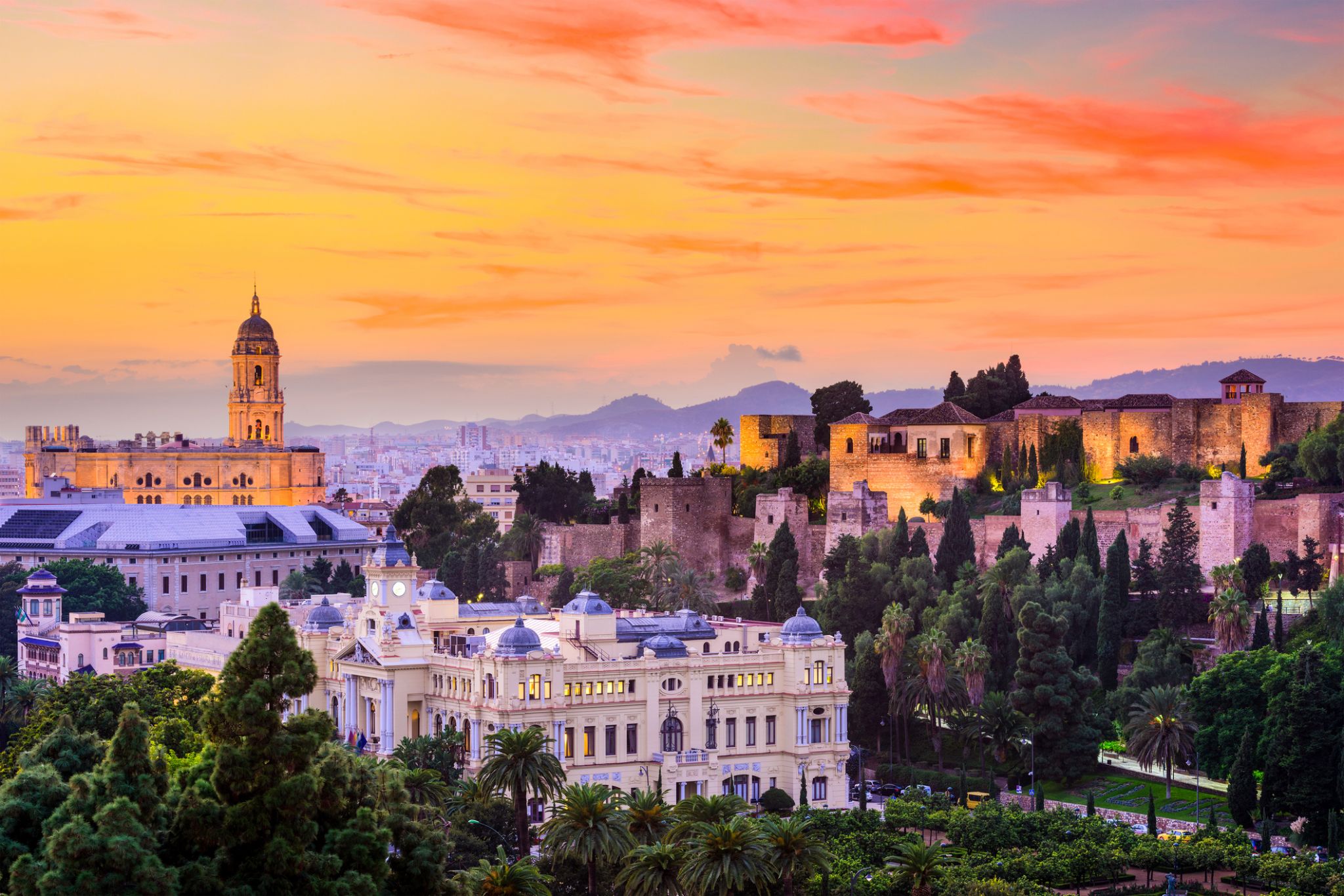 Dzień 18: 07:00-19:00
Dzień 18: 07:00-19:00Malaga / Hiszpania
Málaga is a municipality, capital of the Province of Málaga, in the Autonomous Community of Andalusia, Spain. With a population of 569,130 in 2015, it is the second-most populous city of Andalusia and the sixth-largest in Spain. The southernmost large city in Europe, it lies on the Costa del Sol (Coast of the Sun) of the Mediterranean, about 100 kilometres (62.14 miles) east of the Strait of Gibraltar and about 130 km (80.78 mi) north of Africa.
Málaga's history spans about 2,800 years, making it one of the oldest cities in the world. According to most scholars, it was founded about 770 BC by the Phoenicians as Malaka From the 6th century BC the city was under the hegemony of Ancient Carthage, and from 218 BC, it was ruled by the Roman Republic and then empire as Malaca (Latin). After the fall of the empire and the end of Visigothic rule, it was under Islamic rule as Mālaqah for 800 years, but in 1487, the Crown of Castille gained control after the Reconquista. The archaeological remains and monuments from the Phoenician, Roman, Arabic and Christian eras make the historic center of the city an "open museum", displaying its history of nearly 3,000 years.
This important cultural infrastructure and the artistic heritage have culminated in the nomination of Málaga as a candidate for the 2016 European Capital of Culture.
The painter and sculptor Pablo Picasso, Hebrew poet and Jewish philosopher Solomon Ibn Gabirol and the actor Antonio Banderas were born in Málaga. The magnum opus of Cuban composer Ernesto Lecuona, "Malagueña", is named after the music of this region of Spain.
The most important business sectors in Málaga are tourism, construction and technology services, but other sectors such as transportation and logistics are beginning to expand. The Andalusia Technology Park (PTA), located in Málaga, has enjoyed significant growth since its inauguration in 1992. Málaga is the main economic and financial centre of southern Spain, home of the region's largest bank, Unicaja, and the fourth-ranking city in economic activity in Spain behind Madrid, Barcelona and Valencia.
-
 Dzień 19:
Dzień 19:Dzień na morzu / Morze
-
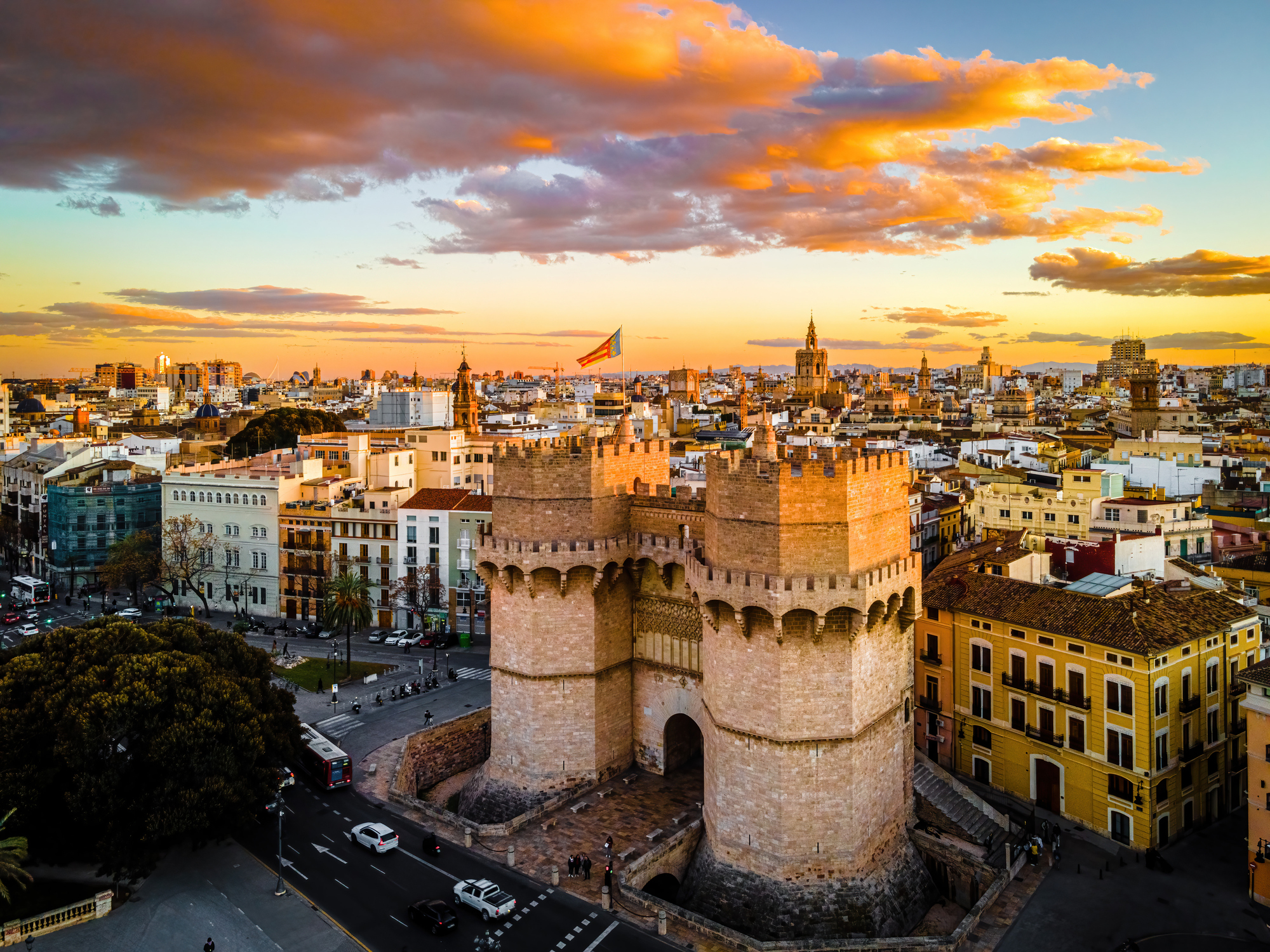 Dzień 20: 07:00
Dzień 20: 07:00Walencja / Hiszpania

